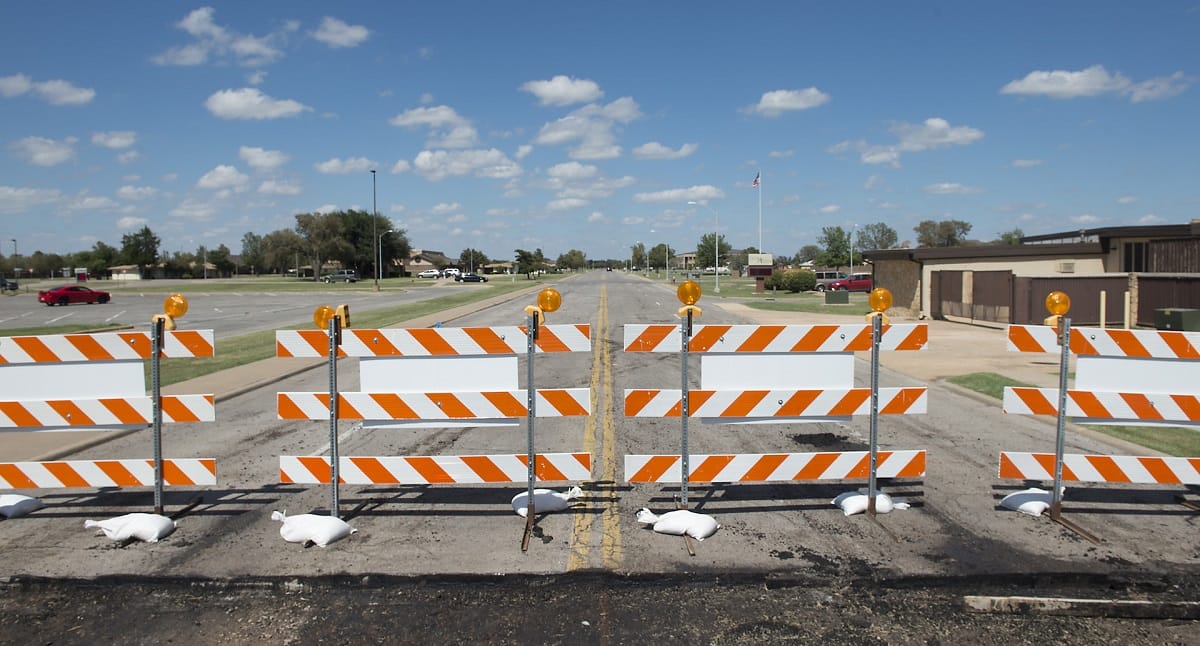‘Dig Once’ Provides Future-Proofing Solution for Federal Highway Infrastructure, Says BroadbandNow
WASHINGTON, August 7, 2019 – Investment in future-proofing roads for high-speed fiber optic infrastructure could save $126 billion federal dollars on broadband deployment. But Congress has yet to pass any legislation in support of “dig once” conduit building, according to a recent report from Broadb

WASHINGTON, August 7, 2019 – Investment in future-proofing roads for high-speed fiber optic infrastructure could save $126 billion federal dollars on broadband deployment.
But Congress has yet to pass any legislation in support of “dig once” conduit building, according to a recent report from Broadband Now.
Federal highway and road projects are notoriously overbudgeted, said Tyler Cooper, editor at Broadband Now. He said it is difficult to understand why Congress is hesitant to act upon cost-reducing measures.
The report outlined “dig once” concept currently utilized by several states and cities. Some variations of the “dig once” practice would mandate the inclusion of broadband conduit, which can be used to more easily install fiber-optic communications cable.
By eliminating the need to dig up recently paved roads to expand broadband infrastructure, the federal government could significantly reduce the cost of building out internet access to underserved communities across the country, said BroadbandNow.
Goldman Sachs calculated that the cost of implementing the dig once practice would be an estimated $14 billion dollars.
Yet progress at the national level has stalled completely, said the report. In 2018, the Broadband Conduit Deployment Act was introduced but ultimately failed to pass. Several iterations of this act were introduced in 2009, 2011 and 2015, but were indefinitely stalled at national and state levels. Only 11 states and 18 cities in the country have implemented dig-once policies.
Moreover, he said, incumbent national telecom providers have been known to react negatively to this legislation. A dig-once policy would make it easier for smaller broadband providers with fewer resources to compete in the fiber market.
Other forms of broadband deployment measures face obstacles at the local level. About 26 states currently block some or all forms of municipal broadband networks. These networks enable communities to have public alternatives to exclusively relying upon private telecom companies.
(Photo courtesy BroadbandNow.)










Member discussion